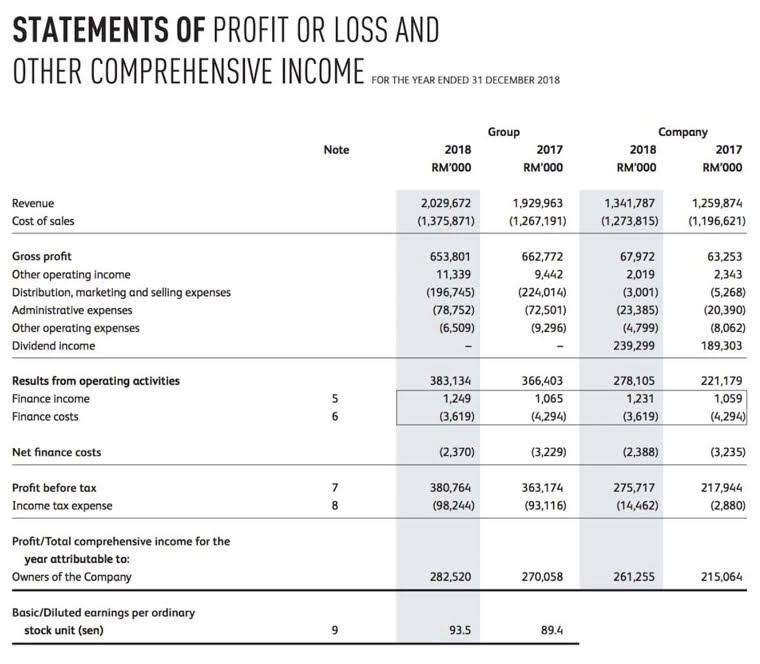What is ERP Enterprise Resource Planning?

While on-premise ERP solutions offer greater control and customization, cloud-based solutions can provide flexibility, scalability, and cost savings. If your small business is expanding rapidly, it may outgrow traditional accounting software and the business may want to seek out accounting data in one software package, such as ERP. Having all its data centrally located is key for small and big businesses to gain insights and having a multitude of modules available through an ERP software can help you as your virtual accountant business changes.
- Built for the digital age, today’s ERP cloud embraces mobile, social, analytics, and the latest emerging technologies.
- This includes the initial purchase price and ongoing maintenance, support, and upgrade costs.
- Businesses should also consider the functionality and scalability of the ERP system, the vendor’s reputation and track record, and the level of support and training provided.
- The term MRP II, on the other hand, has become synonymous with ERP and is rarely used.
- Hybrid ERP is a mix of both, often with an on-premises ERP at headquarters and cloud-based ERP systems at subsidiaries.
- Some ERP systems have features that are needed in specific industries, such as oil and gas, automotive manufacturing, food and beverage, retail and utilities.
- In addition, departments with interconnected processes can synchronize work to achieve faster and better outcomes.
Best Practices for Successful ERP Implementation
By integrating various business processes, ERP systems facilitate seamless data flow and improve communication between departments. With an ERP system, organizations can manage their resources more effectively, make more informed decisions, and respond to changes in the business environment more quickly. ERP systems are widely used by large organizations and can be customized to meet specific business needs. The benefits of ERP are wide-ranging, with the most prominent being increased productivity, reduced operational cost, flexibility enterprise resources definition and integrated information. The business intelligence ERP deployment offers is much more substantial than traditional accounting software offerings. Today, many ERP systems are housed online in “the cloud” rather than directly within a business’ physical data center.

Customer Relationship Management

Meanwhile, ERP technology was evolving to embrace the internet, with new features and functionality such as embedded analytics. As time went on, many organizations discovered that their on-premises ERP systems couldn’t keep up with modern security demands or emerging technologies such as smartphones. In 1913, engineer Ford Whitman Harris developed what became known as the economic order quantity (EOQ) model, a paper-based manufacturing system for production scheduling.
- In conclusion, ERP systems have come a long way since their inception, evolving from simple inventory management tools to comprehensive business management solutions that integrate and optimize a wide range of business functions.
- These software systems automate tedious and time-consuming manual processes to save companies time and money.
- Enterprise resource planning (ERP) is software developed to manage and optimize business operations and processes.
- Enterprise resource planning, or ERP, is an interconnected system that aggregates and distributes information across a company.
- Agencies incorporate ERP software to assimilate business processes, accumulate operational data, improve supply-chain effectiveness, stimulate data-driven strategies, and improve collaboration between compartments.
- By selecting a scalable ERP solution, you can ensure that your system will continue to meet your organization’s needs as it evolves and expands.
Would you prefer to work with a financial professional remotely or in-person?

Database integration – ERP systems connect to plant floor data sources through staging tables in a database. The benefit of staging is that ERP vendors do not need to master the complexities of equipment integration. Four vendors — Infor, Microsoft, Oracle and SAP — are the market leaders in sales, according to most research firms, and have the broadest product lines covering all of the ERP categories described above.
One key aspect of supply chain and logistics modules is their ability to provide real-time visibility into inventory levels, order status, and transportation activities. By providing this level of visibility, these modules enable organizations to make more informed decisions about inventory management, order fulfillment, and transportation planning. In addition to these core functions, procurement and sourcing modules can also support other related activities, such as contract management, supplier risk assessment, and spend analysis.
What Is ERP? Understanding Enterprise Resource Planning

There’s a number of different ERP solutions that can meet a variety of business needs. This list is not meant to list every single type of ERP, though the list is pretty comprehensive. Any business considering implementing an ERP system should be able to find value in some of these types of systems, and multiple systems may be relevant in any given situation. Then, the hosting company loads the applications onto the server the client is renting, and both parties begin working to bookkeeping integrate the client’s processes and data into the platform.
Get to know tools and software that can help you land a fulfilling career in cloud-based operations and strategy. ERP offers numerous benefits, most of which come from information sharing and standardization. Because ERP modules can share data more easily than disparate systems, they can make cross-departmental business processes easier to manage.
Supply Chain Management
- ERP systems automate workflows across various departments and support end-to-end business processes, ensuring all the steps are streamlined.
- SaaS ERP also tends to be more streamlined and supports fewer business processes than on-premises ERP, but this simplicity usually makes it easier to use.
- This means a company can customize, modify, or redistribute the ERP to better meet the company’s needs.
- Microsoft (MSFT) has long been an industry leader, with many customers using multiple software applications from the company.
- In the 1990s, ERP was introduced, combining accounting, finance, sales, manufacturing, inventory, human resources, and project management.
- By integrating financial information in a single system, ERP systems unify an organization’s financial reporting.
You’ll be able to evaluate the need for ERP and how to develop the appropriate IT infrastructure that will allow the ERP (and business) to thrive. Once all departments are tied into the system, all data is collected on the server and becomes instantly available to those with permission to use it. Reports can be generated with metrics, graphs, or other visuals and aids a client might need to determine how the business and its departments are performing.
MRP remained the manufacturing standard until manufacturing resource planning (called MRP II) was developed in 1983. MRP II featured “modules” as a key software architectural component, and integrated core manufacturing components including purchasing, bills of materials, scheduling, and contract management. For the first time, different manufacturing tasks were integrated into a common system.

Post Comment